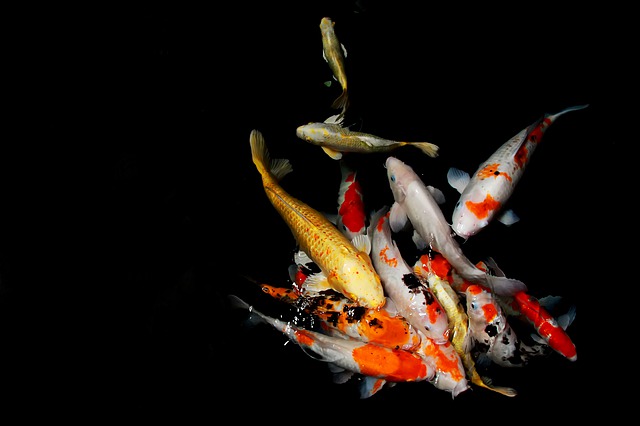INTRODUCTION
Biomanipulation is often regarded as Eco-partitioning.
BIOMANIPULATION
This term is defined as the human practice of altering an ecosystem by introducing or eliminating certain species. Biomanipulation is generally described as engineering technology.
Check out Bioaccumulation and Biomagnification of Toxic Chemicals
BIOMANIPULATION BIOLOGY
Biomanipulation biology is further explained as a management practice adopted by humans to improve degraded water bodies. Following this term, the water quality of lakes is improved by using the biomanipulation technique.
PURPOSE OF BIOMANIPULATION
The key purpose of this technique is to decrease the high concentration of toxic phytoplankton in the water bodies that cause eutrophication. The growth of phytoplankton is controlled by introducing zooplanktons that eventually improve water quality and nutrient cycling.
IMPORTANCE OF BIOMANIPULATION
Biomanipulation has significant importance for fisheries. This method is being used by people for decades. The diversity of the fish population is affected by eutrophication and this could lead to livelihood loss for fishermen. Humans have intentionally introduced predator species in the aquatic ecosystem in order to manage and improve the quality of water through a biological process.
Biomanipulation is a proven technology and has several successful applications in various lakes. It is important for the transparency of water in lakes. The habitat is restored for the fish population and aquatic biodiversity.
EXAMPLES OF BIOMANIPULATION APPLICATION
- Round Lake In United States: The Round Lake was biomanipulated to reduce algal growth and the Daphnia population progressively increased.
- Ormesby Broad in England: This lake was manipulated to restore vegetation and managing the quality of water.
- Lake Enäjärvi in Finland: Biomanipulation process was used for Lake Enäjärvi because the water was highly degraded due to eutrophication.
ADVANTAGES OF BIOMANIPULATION
The advantages of biomanipulation are mentioned below.
1. Natural Process Introduced by Humans: It is a kind of natural/ biological process induced by humans to improve the water quality of the aquatic ecosystem.
2. Reduces Turbidity: The turbidity is reduced by biomanipulation techniques and sediments are stabilized.
3. No Requirement of Chemicals: This process does not require machinery or chemicals. The components introduced in water bodies are natural.
4. Improves Fisheries: Biomanipulation improves fisheries because the water quality gets better with this technique and harmful phytoplankton decrease in concentration.
5. Maintain Nutrient Cycling: This management practice proves helpful in maintaining the natural nutrient cycle and limits the high concentration of nutrients in water bodies.
6. Supports Biodiversity: The decreasing biodiversity due to algal blooms starts increasing as water quality gets better.
DISADVANTAGES OF BIOMANIPULATION
Biomanipulation has not many harmful effects but there are few things that must be noticed. The disadvantages of biomanipulation are listed below.
1. Rotenone Application: In the biomanipulation process, rotenone is applied in water bodies to remove dominant species. The application of Rotenone is quite expensive and might kill some rare species.
2. Management of Lakes: The continuous management of lakes is required when the biomanipulation technique is applied.
3. Poisoning of Water Bodies: The water bodies are poisoned by Rotenone application and water is not suitable for human consumption.
4. Lack of Awareness: The fishermen are often not aware of the side effects of dominant species. Awareness about the importance of predator species is important for Fishermen.
5. Expensive Treatment: The cost of the biomanipulation method is high and it is totally dependent on the method which is being used.
CONCLUSION
Biomanipulation has proven evidence of being effective management practice; however, the technique brings side effects too. Eutrophication is a serious environmental issue that must be reversed in order to protect aquatic life from harmful algal blooms. The sources that cause eutrophication in lakes must be identified and possible solutions should be employed.
Also, check out Bioaccumulation of Heavy Metals in Fish from Karachi Coast
I hope you all liked this post! Please comment below if you have any suggestions, comments, or feedback! We at #envpk love hearing from our readers! Thanks!




